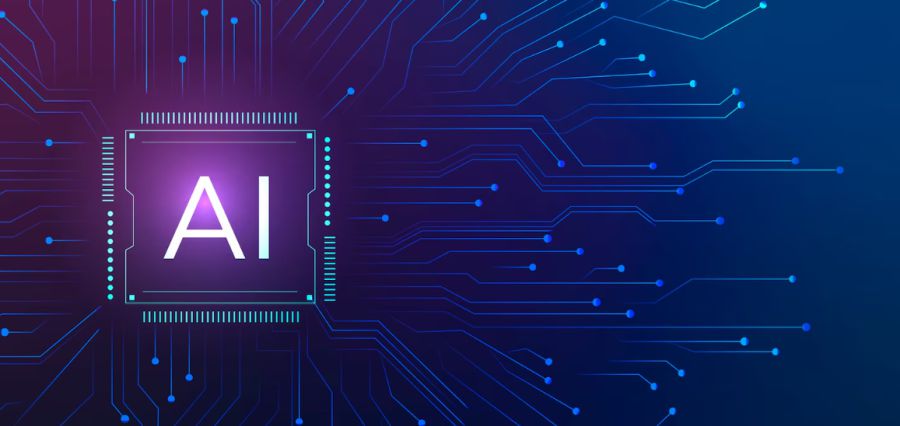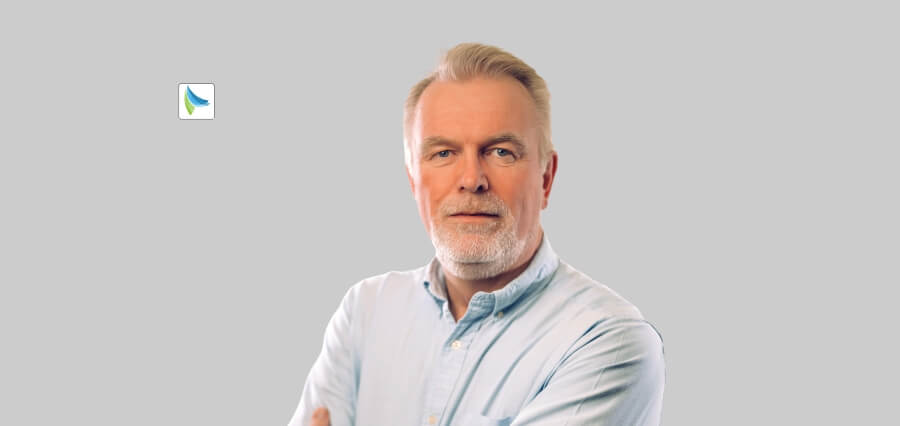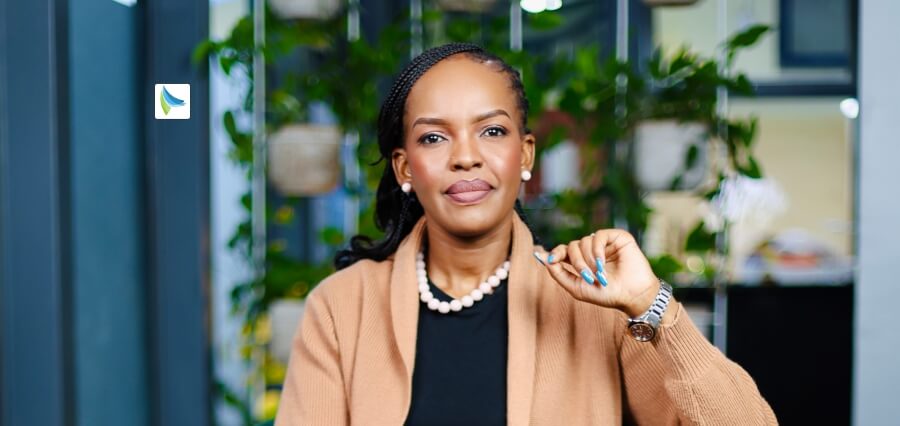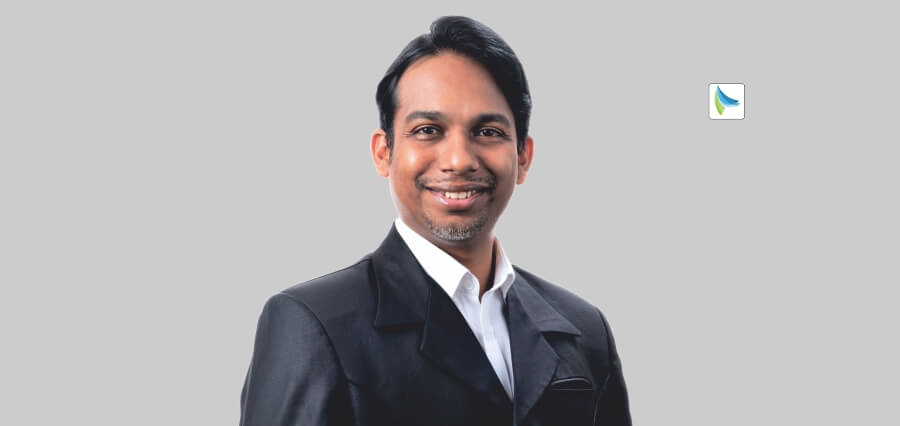The Human Resource function itself is being wholly remapped. Unencumbered by task-based management or regulation, HR leaders today are strategic designers of organizational culture, performance, and purpose. With the world transformed by hybrid work, digital disruption, shifting employee expectations, and social conscience, the secret to driving real HR impact is a triple return to fundamentals in three easy steps: listening, learning, and leading.
The best HR functions of today are no longer just reacting to the needs of the workforce but rather pre-empting them. They are influencing policy and programs through timely input, building people-first cultures through ongoing learning, and pushing systemic change by infusing trust, transparency, and inclusion into the very fabric of the organization.
That is the new HR engagement culture—engaged, agile, and empathetically authentic.
Listening: The Foundation of Trust
At the foundation of successful HR leadership lies the capacity for listening—not passive, not occasionally, but with intention, with empathy, and with strategic vision. Listening in this context means more than the occasional check-in or the implementation of a survey. It involves creating systems and spaces in which each voice—level, identity, and location notwithstanding—can be heard, heard accurately, and valued.
Innovative HR executives use combinations of qualitative and quantitative surveys to receive employee sentiment in real time. Pulse surveys, listening tours, focus groups, and analytics powered by AI give rich insight into what people require—not only to remain, but to excel. Most importantly, people hear that this feedback drives concrete action. Employees notice that their voices guide policy transformations, leadership decisions, and new initiatives, fostering increased trust. HR Engagement is no longer a score to be achieved but a relationship to be fostered.
That trust is most important during times of change. Navigating return-to-office strategies, organizational design changes, or DEI initiatives—people just want to be heard. HR leaders who build listening into the everyday work create cultures where openness is business as usual—and where psychological safety sparks innovation and resiliency.
Learning: An Evolving Culture
Needs are informed by listening; learning bridges the gap. Learning and development in high-performing organizations is no longer an add-on to the HR role—it’s a core driver of strategy, responsiveness, and inclusivity.
The workforce today requires something more than transactional learning. Workers want ongoing opportunities to develop, skill flexibility, and meaningful career advancement. To meet the demand, HR chiefs are architecting learning environments that are dynamic, democratized, and digitally empowered. They encompass microlearning platforms, mentor networks, cross-functional initiatives, and customized development pathways aligned with individual workers’ passions.
But not the sole form of employee learning. HR staff are learning themselves—about generational change, neurodiversity, mental health, remote work, and ethics for emerging technologies. The greatest HR professionals are those who remain curious, question long-standing assumptions, and lead hypothesis-driven experimentation.
By building a culture of collaborative learning—where leaders learn from each other, and from staff as well as vice versa—HR builds a more adaptable, open, and future-focused organization.
Leading: From Influence to Impact
Business in the workplace today requires not only the credibility of knowledge, but of persuasive leadership. Listening and learning are its bedrock, but it is through value-driven, decisive leadership that HR remakes the future of work.
HR executives are emerging more and more into boardrooms as strategic partners, employing fact-based insights to guide workforce planning strategies, ESG alignment, talent attraction, and innovation. They are aligning people strategy with business goals—making culture, capability, and performance walk together.
Moreover, leading HR today also requires you to be an example of the very culture you are looking to create. Whether it is promoting mental health, molding equity into compensation and advancement programs, or constructing flexible work environments, HR needs to lead the example in terms of authenticity and being held accountable for the rest of the company.
This also involves the courage to disrupt the status quo. The finest HR leaders in today’s times have the courage to pose tough questions, disestablish old systems that are no longer in service, and become voice, equity, and belonging champions.
A Human-Centered Future
At its core, this new culture of HR engagement is a culture of humanity in practice. It recognizes that human beings are not resources to be managed, but individuals to be empowered. It recognizes that sustainable business success cannot be severed from employees’ wellbeing, purpose, and sense of belonging.
Listening is not hearing the rhythm of productivity numbers. Learning is not creating spaces where skills mature and potential is unleashed. Leading is not moving away from transactional service and toward transformational partnership—where HR is not reactive, but fiercely intentional about creating what’s next.
Firms that live this model are already seeing the payoffs: improved retention, more robust employer brands, more compassionate teams, and cultures where people feel seen, heard, and valued.
Conclusion: The HR Mandate Reimagined
New HR culture of engagement doesn’t happen overnight—but it starts with intention. By leaning into listening profoundly, learning perpetually, and leading boldly, HR practitioners are stepping up to become catalysts of cultural change and strategic growth.
In this cleaned-up job, HR is not merely helping the business—it is helping create its future. And, in the process, it is demonstrating that the greatest asset of any business is not a process or a product—it’s the person behind it that makes things happen.
Read More: Digitizing the Human Touch: Balancing Technology and People Strategy















